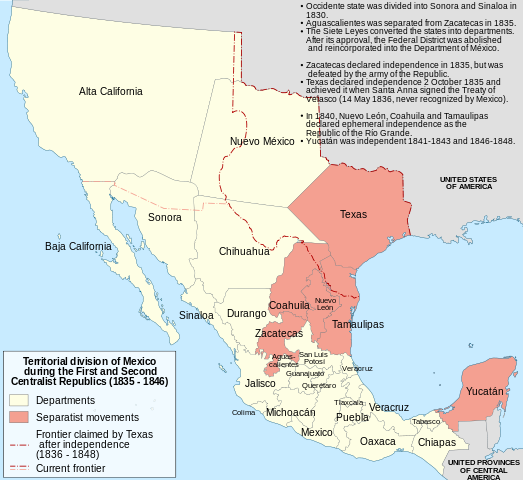From an op-ed by Robert Gammon in East Bay Express:
End the Vaccine Exemption
As the measles outbreak in California continues to spread — the number of reported cases reached 73 on Monday — it’s becoming increasingly clear that the state should end its so-called “personal belief” exemption for childhood vaccines. Currently, California is one of about twenty states in the nation in which parents can use the personal belief waiver. Most states only permit medical or religious exemptions for childhood vaccines.
For the measles vaccine to be effective for everyone, about 92 percent of the population needs to be have been fully vaccinated. But because of the personal belief waiver and the anti-vaccination movement, many communities in California fall well short of the 92 percent threshold. As a result, the measles, once thought to have been eradicated, has come roaring back to life.
But the anti-vax crowd shouldn’t have the right to endanger the health of the rest of us. The movement, which fears a link between childhood vaccines and autism, gained traction during the Aughts, following the revelation that the federal government had ordered the removal of the mercury-based preservative thimerosal from vaccines. Thimerosal had been used widely since the 1930s, and a study in the late 1990s claimed to have uncovered a link between the preservative and the rise of autism nationwide. That study has since been widely discredited. Moreover, thimerosal is no longer used in vaccines for children six and under (except for some flu vaccines).
As such, there is no longer a basis for the personal belief exemption in California. New York City doesn’t have it, and only 0.2 percent of public school students there have been exempted from vaccines, according to the Los Angeles Times. In California, wealthy parents who send their kids to private schools appear to be especially prone to using the exemption. For example, according to the LA Times, at the Berkeley Rose private school, the parents of 87 percent of kindergarteners in 2013 used it.
That’s not only dangerous, it’s disturbingly anti-science. Measles is a serious disease with serious consequences. And vaccines work — if they’re widely used. California, in other words, should stop pandering to the anti-vax crowd.
EIGHTY SEVEN PERCENT exempted from vaccines. In one school.

In case you missed it…
Arsenal For Democracy – Dispatches from the end of the empire:
Apparently our ancestors crossed the harsh Great American Desert in search of a better life so their descendents a century and a half later could go to a children’s amusement park in Orange County and still contract the same damn diseases because somebody’s parents in the year Two Thousand Fifteen of Our Lord have the same understanding of infection transmission as any given covered wagon driver.





